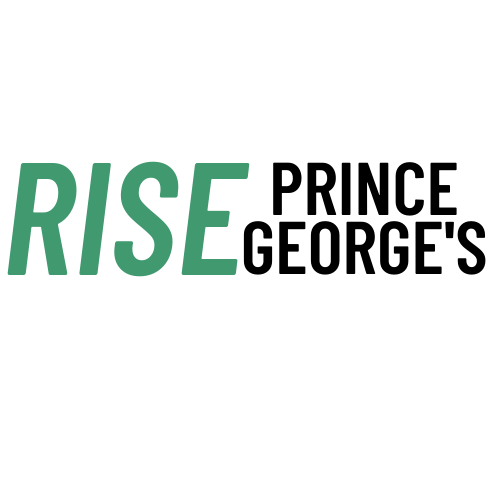March 10, 2025
Mr. Peter Shapiro, Chair
Prince George’s County Planning Board, M-NCPPC
1616 McCormick Drive, Largo MD
Via: pgcpb@mncppc.org
RE: Support for the Flats at Glenridge Station, DSP-23008 & DDS-24002
Dear Chair Shapiro and members of the Board:
Please accept this testimony on behalf of the Coalition for Smarter Growth (CSG). CSG advocates for walkable, bikeable, inclusive, transit-oriented communities as the most sustainable and equitable way for the Washington, DC region to grow and provide opportunities for all. We work extensively in suburban Maryland, focused on Prince George’s and Montgomery counties.
We would like to express our support for the Flats at Glenridge, DSP-23008 & DDS-24002. The proposed 245-apartment building, with a small amount of office space, offers families affordable homes right next to the Glenridge Purple Line station, along with close proximity to retail, including a supermarket. The site is less than a quarter mile from the station and MD 450, and by direct connection would be about 300 feet from the station.
This proposal is the first major step towards implementing the vision for a walkable Glenridge Transit Village outlined in the Annapolis Road Sector Plan. The apartment building offers amenities like a playground and a plaza with landscaping. Most importantly, these 245 homes give moderate and low income families the opportunity to live next to a rail transit station, and local-serving retail.
This affordable transit-oriented development helps more people rely on sustainable transportation options and reduce the need to drive or own a car. We appreciate the unit mix offering a variety of unit sizes, including many 3-bedroom apartments.
The project provides important contributions to county and community goals, including:
- Affordability – the proposal will provide homes affordable at and below 60% of median family income. These are quality, new 1-, 2- and 3-bedroom homes to address residents’ need for low-cost housing. Transit-accessible housing also reduces household transportation costs;
- Environmentally-friendly location – allowing more families to live here in a compact, walkable environment reduces traffic, pollution and crashes by giving households options to walk and ride transit more, and drive less;
- Better communities with transit-oriented development – more homes in this location, inside the Beltway and next to rail transit and existing retail, helps to transition this area to the envisioned Glendridge Transit Village where more homes and businesses can be focused in a walkable, transit-oriented environment. A vibrant, walkable Glenridge Transit Village will benefit nearby neighbors who can enjoy better retail options, a more human-scaled environment, and transportation choices.
We recognize that the site is currently wooded, but it is a fragment surrounded by development. Allowing more people to live here, steps away from frequent rail transit at this inside the Beltway location means less driving, traffic and pollution for households who otherwise might have to live elsewhere. Additionally, the project will fund offsite forest conservation to offset trees removed from the site, while providing modern stormwater management onsite to control runoff and water quality.
We have two recommendations for improving this project:
- Securing a direct walk pathway from the building to the Purple Line station entrance.
- Reducing parking and allocating that space and cost savings to other benefits for residents. The large amount of parking — 337 spaces for 245 units is a 1.37 ratio. Development standards reduce by half the required amount due to the site’s proximity to transit.
Conclusion
We urge the Planning Board to approve this application as a major step forward for the Glenridge Transit Village and the benefits it will provide to the larger community and county.
Thank you for your consideration.
Sincerely,
Cheryl Cort
Policy Director







